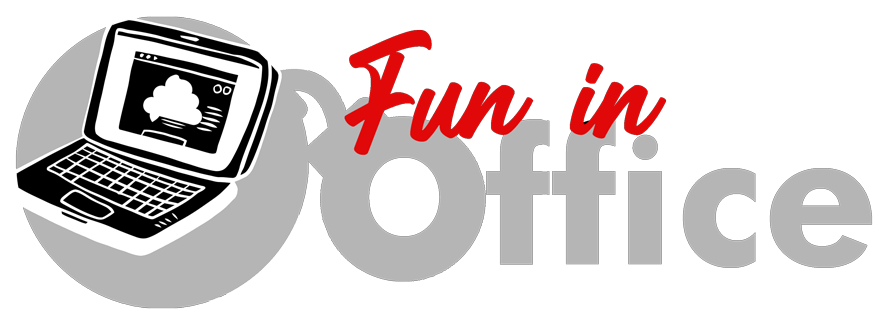
Workplace stress is a common phenomenon that affects productivity and employee satisfaction. In today’s fast-paced work environment, it is more important than ever to find ways to reduce stress and improve workplace morale. One effective way to achieve this is by incorporating play into the workplace.
What is Play in the Workplace?

Play in the workplace refers to any activity that is designed to be enjoyable and engaging for employees. It can take many forms, such as games, sports, puzzles, and creative activities. The goal of play in the workplace is to create a relaxed and fun atmosphere that encourages creativity, teamwork, and problem-solving.
Benefits of Incorporating Play in the Workplace

There are several benefits of incorporating play in the workplace, including:
a) Increased Productivity: Engaging in playful activities can help employees recharge and reduce stress levels. This can lead to increased productivity and better performance at work.
b) Improved Teamwork: Playful activities often involve teamwork and collaboration, which can help employees develop stronger relationships and improve communication skills.
c) Enhanced Creativity: Playful activities can help employees tap into their creative potential and come up with innovative ideas that can benefit the organization.
d) Reduced Stress: Playful activities can provide a much-needed break from the stresses of work and help employees relax and recharge.
e) Improved Morale: Incorporating play in the workplace can create a more positive and enjoyable work environment, which can lead to improved morale and job satisfaction.
Examples of Playful Activities in the Workplace

Many different types of playful activities can be incorporated into the workplace, including:
a) Board Games: Board games are a great way to encourage teamwork and problem-solving skills. Games like Scrabble or Chess can help employees exercise their mental faculties while also having fun.
b) Sports: Organizing sports activities such as basketball, soccer, or volleyball can promote physical fitness and encourage teamwork and collaboration.
c) Creative Activities: Activities such as painting, drawing, or sculpting can help employees tap into their creative potential and come up with innovative ideas.
d) Group Outings: Organizing group outings such as movie nights or dinner parties can help employees build stronger relationships and improve communication skills.
Tips for Incorporating Play in the Workplace

Incorporating play in the workplace requires careful planning and execution. Here are some tips to help you get started:
a) Start Small: Begin by incorporating simple and easy-to-implement playful activities, such as board games or group outings.
b) Get Employee Input: Ask employees for their input and feedback on the types of activities they would enjoy participating in.
c) Schedule Playful Activities: Incorporate playful activities into the work schedule to ensure that employees have time to participate.
d) Encourage Participation: Create a positive and supportive atmosphere that encourages employees to participate in playful activities.
Conclusion, incorporating play in the workplace can lead to a more productive, enjoyable, and positive work environment. By providing employees with opportunities to engage in playful activities, businesses can reduce stress levels, improve teamwork and communication skills, tap into employees’ creativity, and boost morale and job satisfaction.
Last modified: May 2, 2023




















